
The Parthenon [Rear View] (Illustration) World History Encyclopedia
Located on the Acropolis in Athens, the Parthenon was constructed at the peak of the Greek empire. Started in 447 BCE, it took nine years for the structure to be completed and an additional six to finish all of the decorative elements. Built in the Classical architectural style, its proportions have been studied for centuries.
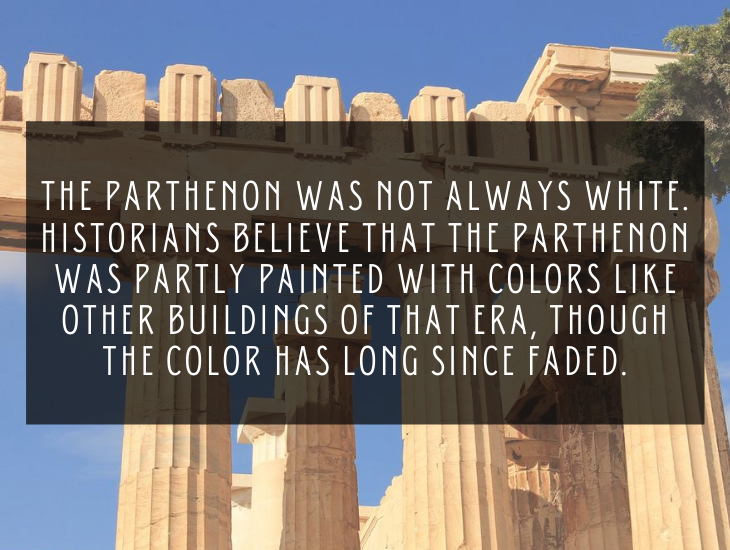
Interesting Facts About The Parthenon
Here are some facts about the Parthenon. The Parthenon is a ruined temple on the Acropolis hill in Athens, Greece. It has become a symbol of the country and is one of the most well-known monuments in the world. It was built between 447 BC and 438 BC, during the height of Classical Greece. It […]

The Parthenon 10 Surprising Facts about the Temple
The Parthenon on the Acropolis of Athens was built between 447 and 438 BC as a temple dedicated to the goddess Athena Parthenos. The word parthénos (παρθένος) meant 'maiden, girl' or 'virgin, unmarried woman'. A reconstruction of how the Acropolis may have looked in ancient times, including the Parthenon. Illustration by Kate Morton.
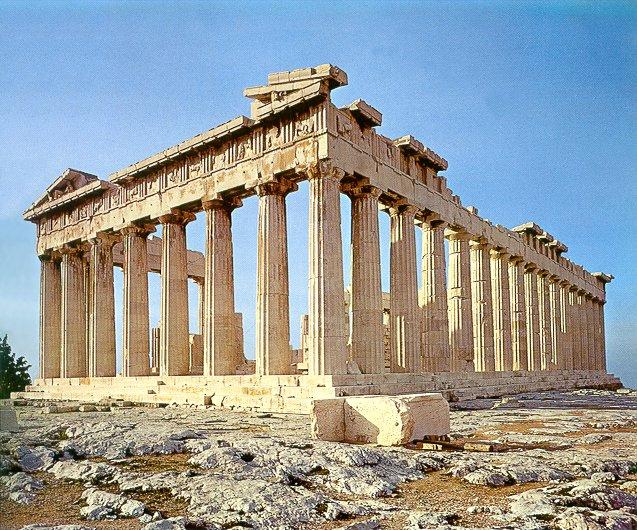
Parthenon Historical Facts and Pictures The History Hub
Parthenon. The Parthenon is a resplendent marble temple built between 447 and 432 B.C. during the height of the ancient Greek Empire. Dedicated to the Greek goddess Athena, the Parthenon sits high.
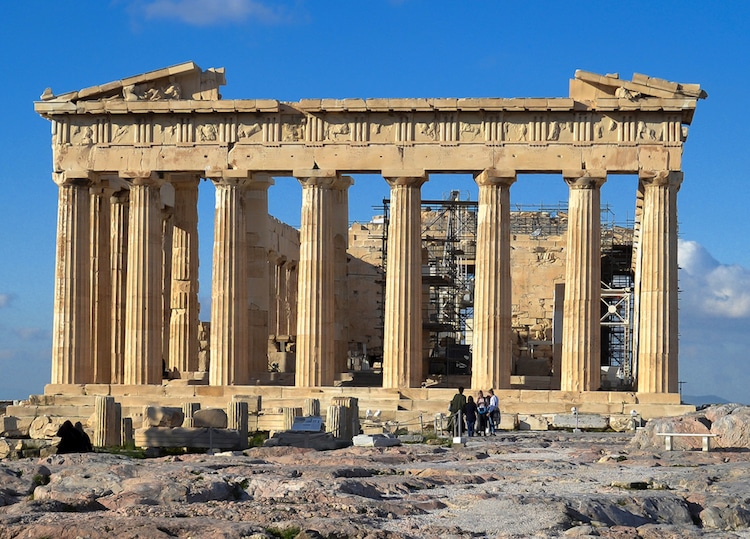
10 Facts About The Parthenon on the Acropolis in Athens
The Parthenon (/ ˈ p ɑːr θ ə ˌ n ɒ n,-n ən /; Ancient Greek: Παρθενών, romanized: Parthenōn [par.tʰe.nɔ̌ːn]; Greek: Παρθενώνας, romanized: Parthenónas [parθeˈnonas]) is a former temple on the Athenian Acropolis, Greece, that was dedicated to the goddess Athena during the fifth century BC. Its decorative sculptures are considered some of the high points of.
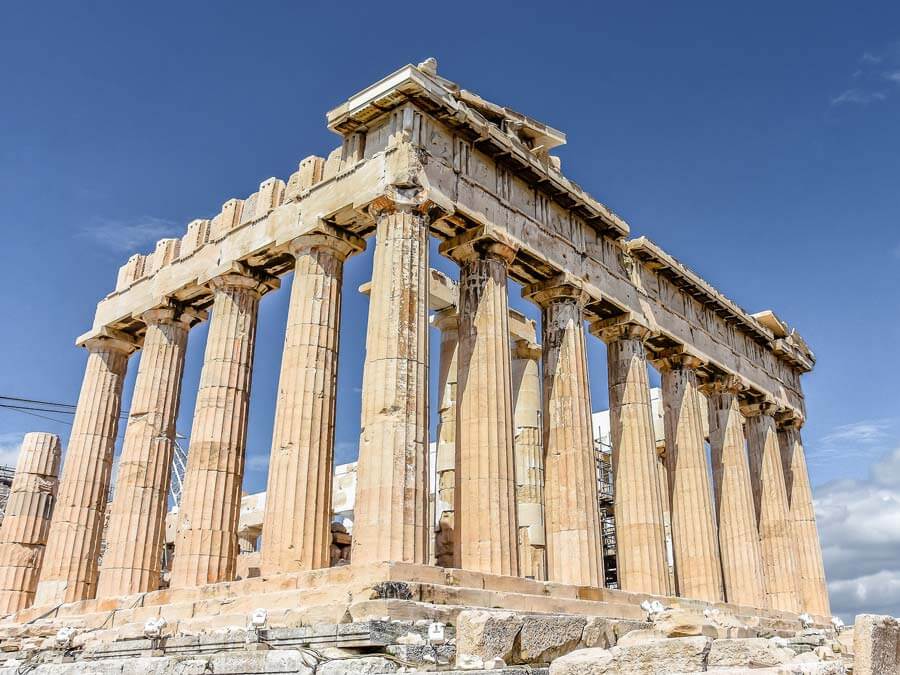
The Parthenon 10 Surprising Facts about the Temple
Fact #1: There was another Parthenon before this temple. The Parthenon was built on top of a former temple of Athena, which was destroyed by the Persians during the Persian Wars. In the 6th c. BC, a new temple was built, decorated with sculptures that are exhibited in the Acropolis Museum. After the battle of Marathon, in 490 BC, a marbled.

The Parthenon 10 Surprising Facts about the Temple (2022)
5 It Was Dedicated To The Goddess Athena. Image by Graham Hobster from Pixabay. Parthenon, Athens, Greece. Athena is the main star of the Parthenon because the temple was originally dedicated to her, as was the Older Parthenon that stood before the current one.
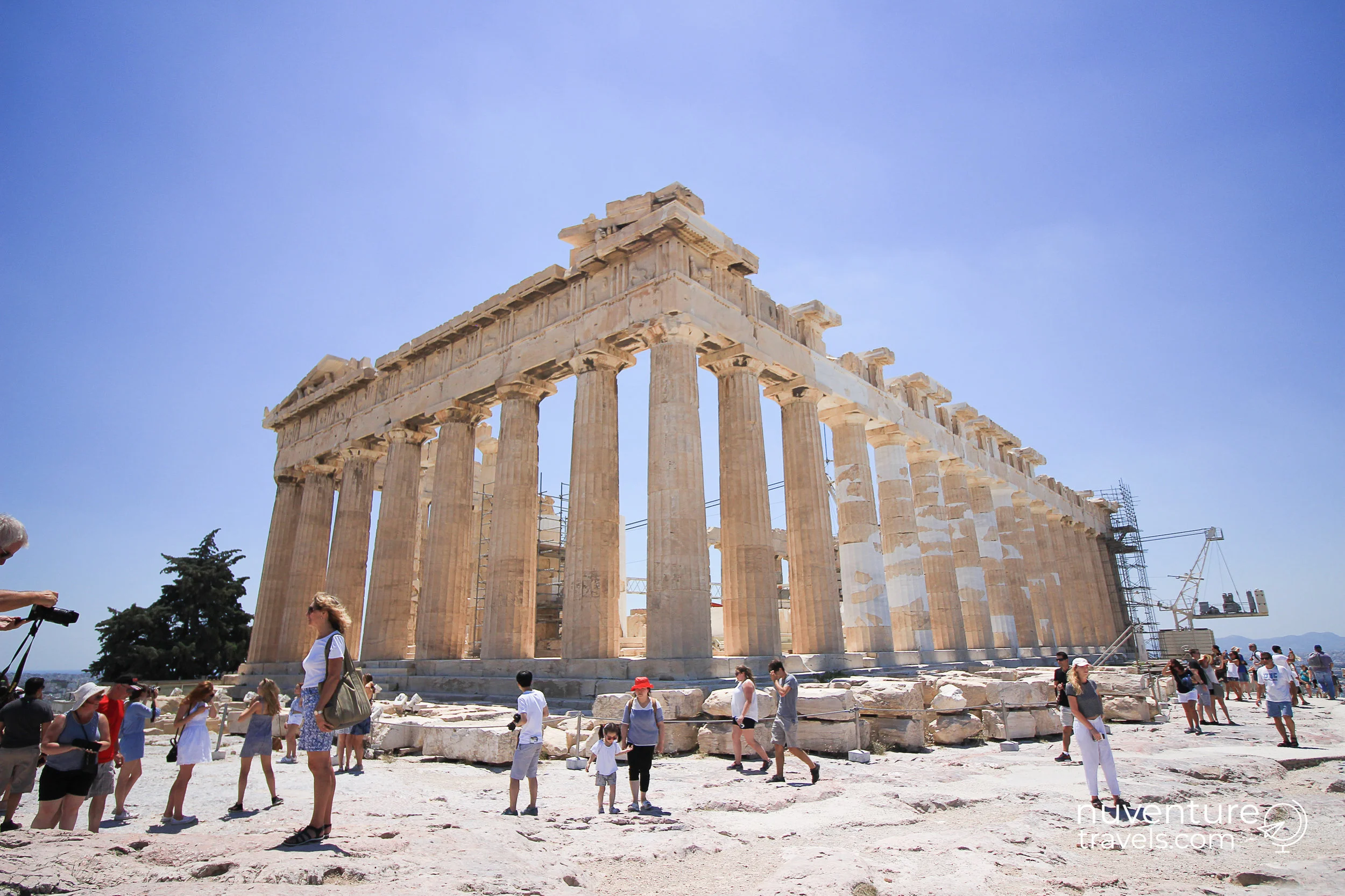
10 Fun Facts About the Acropolis & Parthenon in Athens, Greece — Nuventure Travels
Interesting facts about the Parthenon. The Parthenon is by far the most well known temple on the Acropolis Hill. It was not the first temple to stand there however, as an older temple dedicated to Athena once existed in its place. This is known as the Pre-Parthenon, and was destroyed by invading Persians in 480 BC.

FileParthenon Athens.jpg Wikipedia
As a UNESCO World Heritage site, the Parthenon remains an iconic landmark and a testament to ancient Greek civilization and architectural brilliance. The Parthenon Facts 1. Built between 447 and 438 BCE in Athens, Greece. The construction of the Parthenon took place during the Golden Age of Athens, a period of cultural and intellectual flourishing.
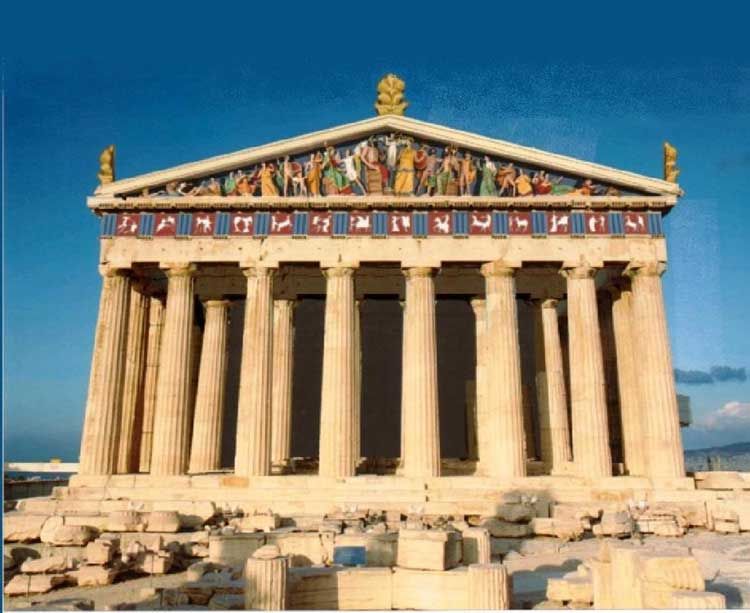
12 Amazing Facts About the Incredible Temple Structure ‘Parthenon’ Stillunfold
Some 80% of the original Parthenon frieze, sculpted in the fifteenth century, between 443 and 438 BC, remains intact, but much of it resides outside. The Parthenon sat abandoned after a series of military attacks and raids during the 1800s. In the late 19th century, the Earl of Elgin, Thomas Bruce, removed marble friezes and various other works.
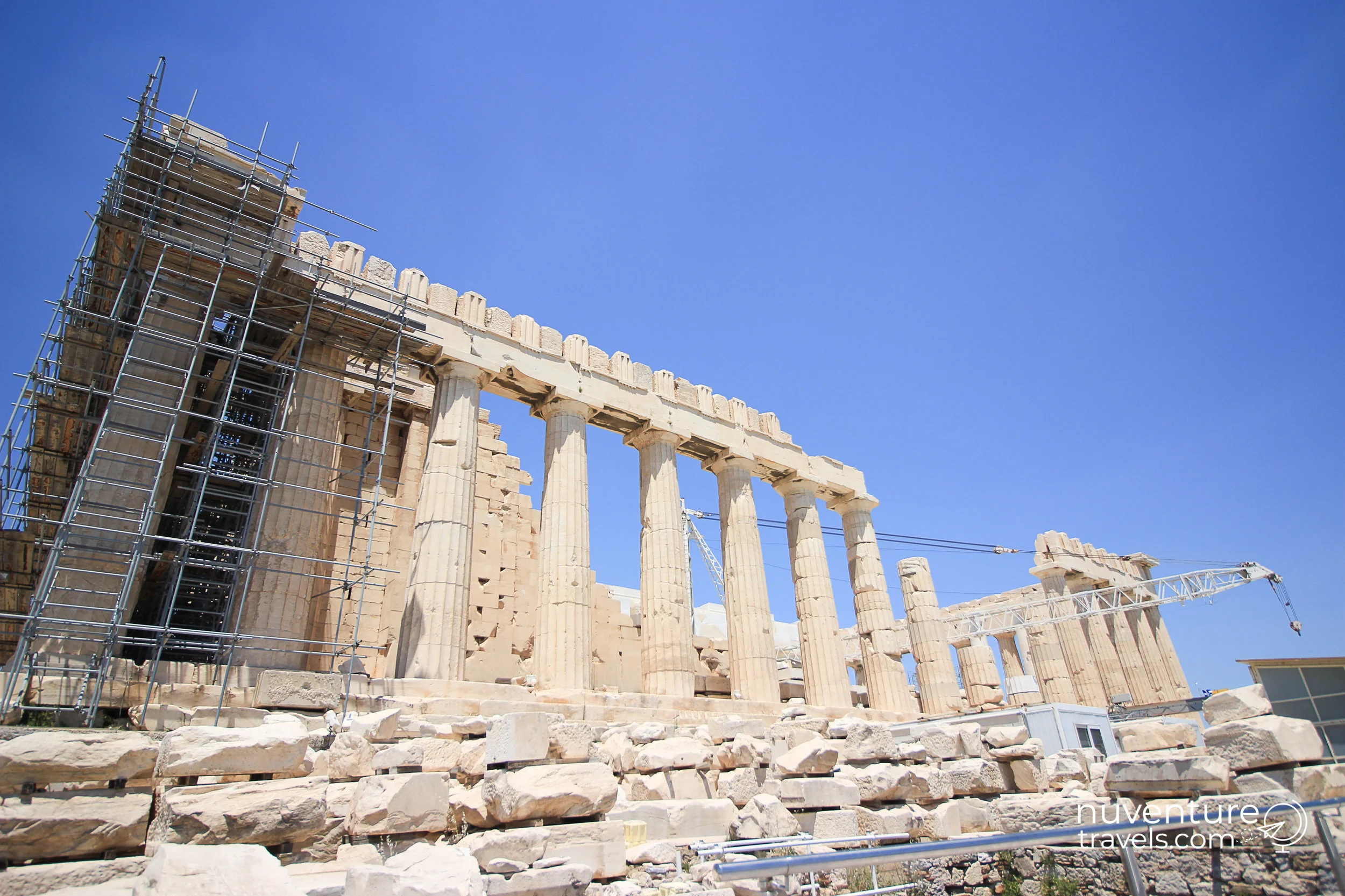
10 Fun Facts About the Acropolis & Parthenon in Athens, Greece — Nuventure Travels
Dating back to 432 B.C., the Parthenon is one of the finest examples of preserved ancient architecture. Few people realize that before the Parthenon we know was erected, there was a Pre-Parthenon, sometimes called an Older Parthenon, standing in its place. The current temple replaced an older temple of Athena.

The Parthenon 10 Surprising Facts about the Temple
The Parthenon was built in the mid-fifth Century BC and replaced an earlier construction on the site which had been destroyed during the Persian Wars. It served a practical purpose, serving as the city's treasury. It also served as the treasury of the Delian League, which later became the Athenian Empire. Through the centuries, the Parthenon.

Interesting Facts About The Parthenon
In this post you will find some interesting facts and history of the Parthenon in Athens.. The Parthenon is surely the most important monument of ancient Greece and is one of the most famous in the world. It was the most sacred of monuments, and was famous in antiquity as a Greek architectural masterpiece.. The Parthenon is located in the southern area of the Acropolis, in the heart of the.
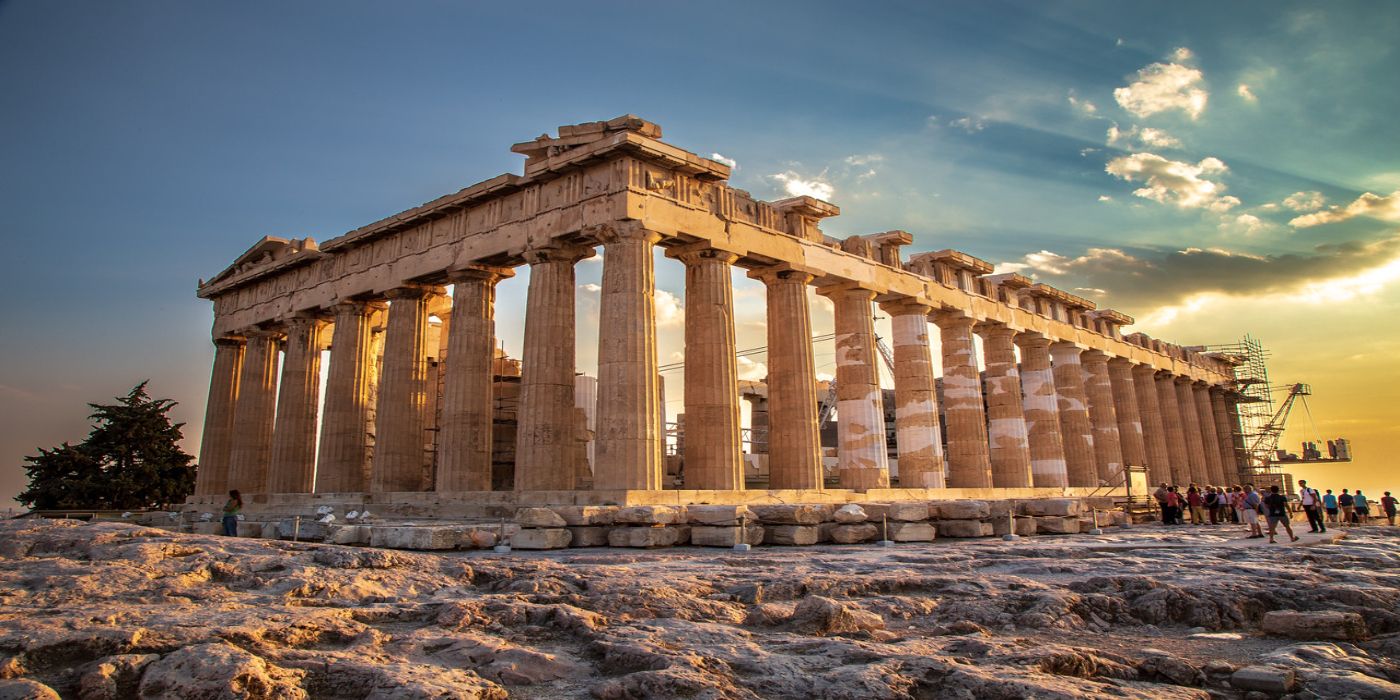
Top 10 Amazing Facts You Didn’t Know About The Parthenon
Parthenon means 'house of Parthenos' which was the name given in the 5th century BCE to the chamber inside the temple which housed the cult statue. The temple itself was known as the mega neos or 'large temple' or alternatively as Hekatompedos neos, which referred to the length of the inner cella: 100 ancient feet. From the 4th century BCE, the.
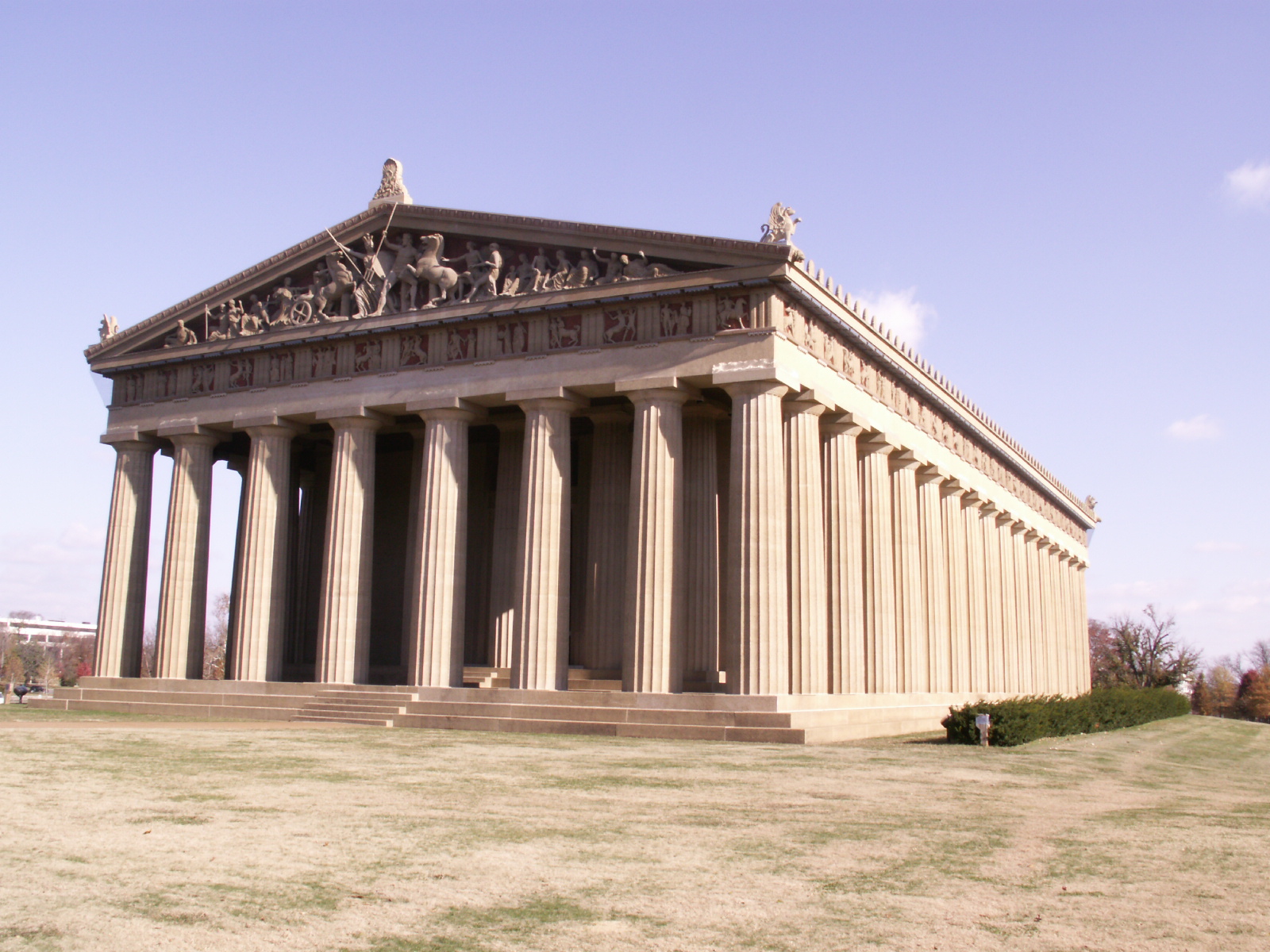
12 Stunning Historical Facts about The Parthenon DailyForest Page 8
Check out these top 10 facts about the Parthenon that you will find useful during your next visit to Athens. 1. The name Parthenon translates to 'an unmarried women's apartments'. By Pierre Peytier - Wikimedia. The name Parthenon or also Parthenonas in Modern Greek means 'an unmarried women's apartments.
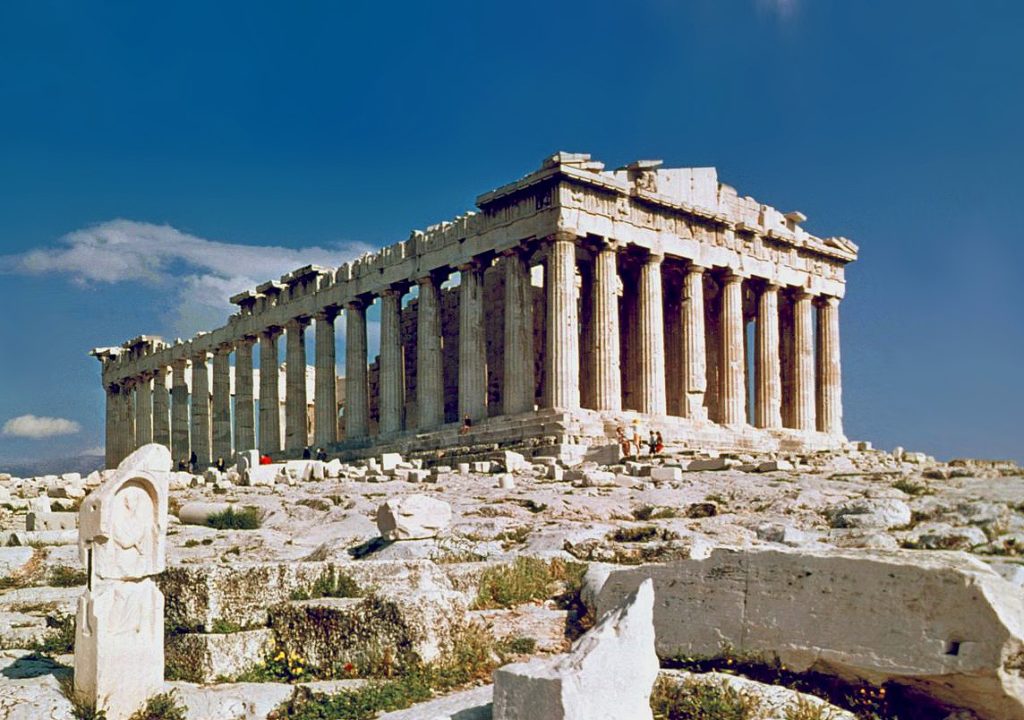
Top 10 Facts about the Parthenon in Greece Discover Walks Blog
Parthenon , Chief temple of Athena on the Acropolis at Athens. Built 447-432 bc by Ictinus and Callicrates under Pericles, it is considered the culmination of the Doric order. Though the white marble temple has suffered damage over the centuries, including the loss of most of its sculpture, its basic structure remains intact. The colonnade.